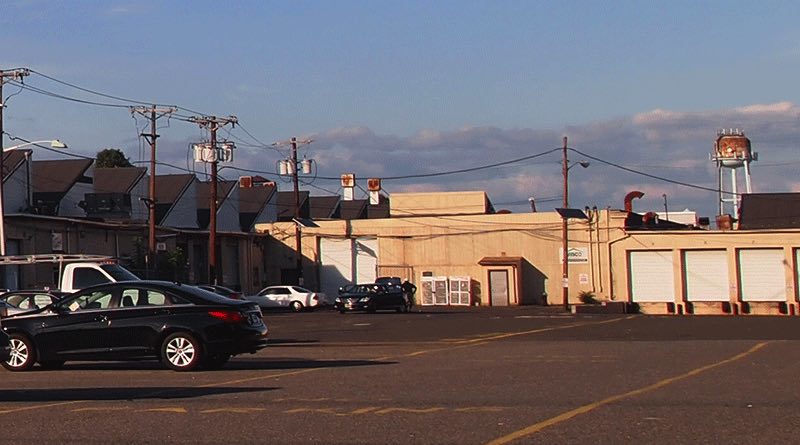Getting Started with Brownfields–Key Issues and Opportunities: What Communities Need to Know .(2006).
State and Local Non-Cash Tools and Strategies to Enhance a Brownfield Project’s Bottom Line. (2006).
Local Brownfield Financing Tools: Structures and Strategies for Spurring Cleanup and Redevelopment .(2006).
By Charles Bartsch and Barbara Wells, Northeast-Midwest Institute
Charles Bartsch and Barbara Wells have been examining brownfield redevelopment issues since the early 1990s and recently offered several articles outlining ways that localities can reclaim underutilized and contaminated properties and help bring these properties back into productive use. In “Getting Started with Brownfields,” Bartsch frames the issue, outlining the context, goals, and strategies affecting redevelopment. By addressing key concerns such as the ever-increasing cost of financing environmental cleanup, community involvement, and the need for Voluntary Cleanup Programs (VCPs), Bartsch makes a strong case that brownfield redevelopment can in fact be achieved. Furthermore, he contends that since the federal Brownfields Revitalization Act of 2002, there are many more ways for local and state officials to obtain financing and clean up old industrial sites that were not previously feasible. Citing nearly two dozen federal programs that can be used to aid in clean up, Bartsch outlines a bright future for communities looking for new economic opportunities through brownfields revitalization. Specifically, HUD’s Brownfield Economic Development Initiative (BEDI) program can be most beneficial for TOD planners, as funds from this program are not limited to specific brownfield sites, but can be used for overall economic development and community clean up. Thus a community can also improve the land around the brownfield site.
In “State and Local Non-Cash Tools and Strategies to Enhance a Brownfield Project’s Bottom Line,” Bartsch and Wells provide clearly itemized examples of innovative financing, development and planning strategies that cities can utilize to redevelop brownfield sites and other undeveloped property. Describing the three types of insurance options available to redevelopers, the authors outline ways to alleviate the common concerns of brownfields work: cost overrun and unexpected contaminations. Citing many examples from across the United States, Bartsch and Wells describe the effectiveness of 1) establishing redevelopment authorities, corporations, and partnerships, 2) fostering regional cooperation, 3) subdividing property, 4) facilitating property transfers and 5) establishing institutional or land use controls. A primer of sorts for those looking for successful redevelopment options, this report encourages brownfield development through clear examples.
The largest hurdle in recent years to advancement of brownfield development has been lack of innovative funding. In “Local Brownfield Financing Tools: Structures and Strategies for Spurring Cleanup and Redevelopment,” Bartsch and Wells provide a unique financial perspective on brownfield redevelopment and profile several familiar and less familiar tools used to support revitalization, such as tax increment financing, tax abatements, locally capitalized and operated revolving loan funds and general obligation bonds. Drawing on examples found throughout the US, it becomes clear that redevelopment can occur at brownfield locations through these succinctly described techniques. If one were to only look at one of these three documents it should be “State and Local Non-Cash Tools and Strategies to Enhance a Brownfield Project’s Bottom Line” as it provides the clearest examples of implemented development. These successful examples can improve future development and as such should be read by anyone interested in brownfields redevelopment as well as those associated with transit-oriented development.

